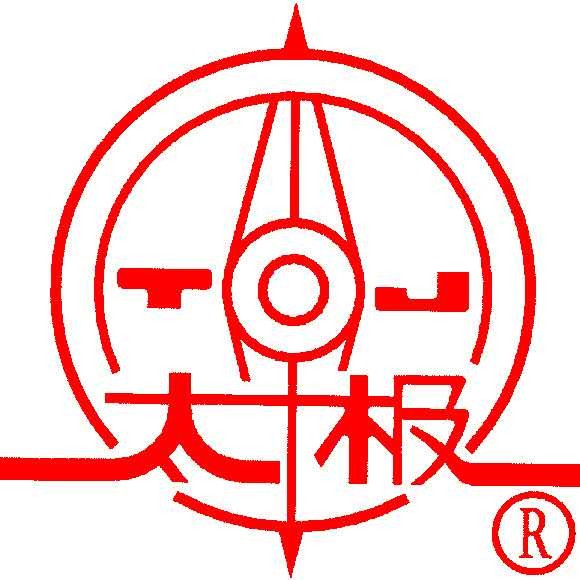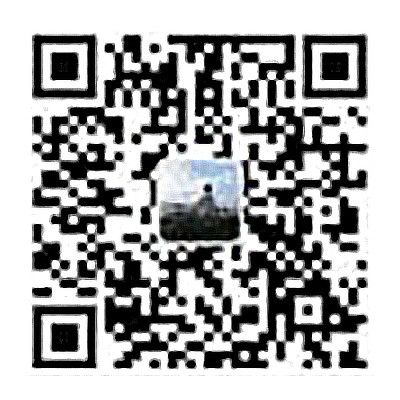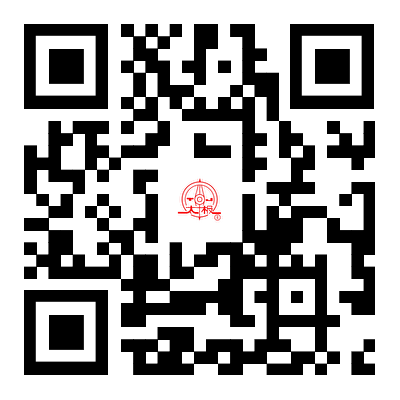The contact angle of angular contact ball bearings refers to the angle at which the ball of the bearing contacts the raceway of the ring. This angle is an important parameter of angular contact ball bearings, which has a significant impact on the bearing's load-bearing capacity, rotational accuracy, and axial displacement.
The role of contact angle is mainly reflected in the following aspects:
Load bearing capacity: The larger the contact angle, the higher the axial load bearing capacity of the bearing. This is because the increase in contact angle increases the contact area between the ball and the raceway, thereby dispersing the axial load and improving the bearing capacity.
Rotation accuracy: The design of contact angle also affects the rotation accuracy of bearings. Appropriate contact angle can reduce friction and vibration of bearings during rotation, and improve rotational accuracy. Meanwhile, the stability of the contact angle is also crucial for the long-term stable operation of the bearing.
Axial displacement: Angular contact ball bearings are usually used in pairs, and the axial displacement is controlled by adjusting the preload force between the two bearings. The size and fitting method of the contact angle will affect the distribution of preload force and the control effect of axial displacement.
The contact angle of angular contact ball bearings is an important parameter in bearing design and selection, which needs to be reasonably determined according to specific working conditions and requirements. In the design and use process, it is necessary to fully consider the influence of contact angle on bearing performance to ensure that the bearing can work normally and meet the requirements of use.


